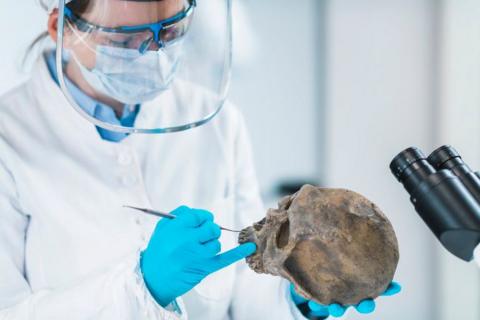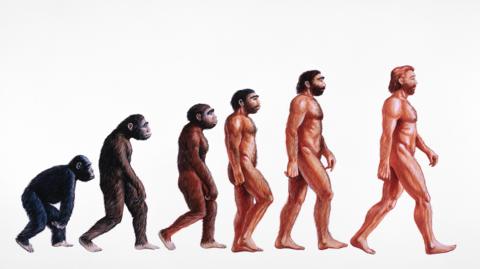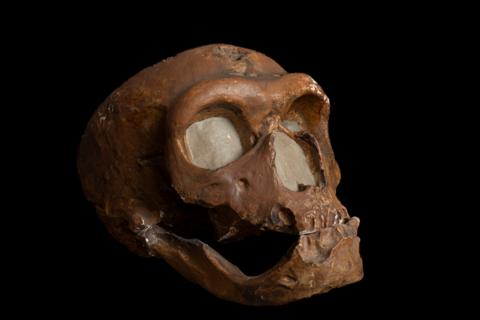For a long time, deciphering how the only surviving species of humans evolved was based on looking at the shapes of fossilised remains of our ancestors living hundreds of thousands of years ago and observing how their anatomy subtly changed over time.
The ancient remains have been sparse and often damaged. But the ability to extract and read the genetic code from bones that are many thousands of years old has lifted a veil on our mysterious past.
The DNA in the fossils tell the story of the individuals, how they are related to each other and their migration patterns.
Even after our successful interbreeding with Neanderthals, our population of Europe wasn't without hitches.
Those first modern humans that had interbred with Neanderthals and lived alongside them died out completely in Europe 40,000 years ago - but not before their offspring had spread further out into the world.
It was the ancestors of these early international pioneers who eventually returned to Europe to populate it.


